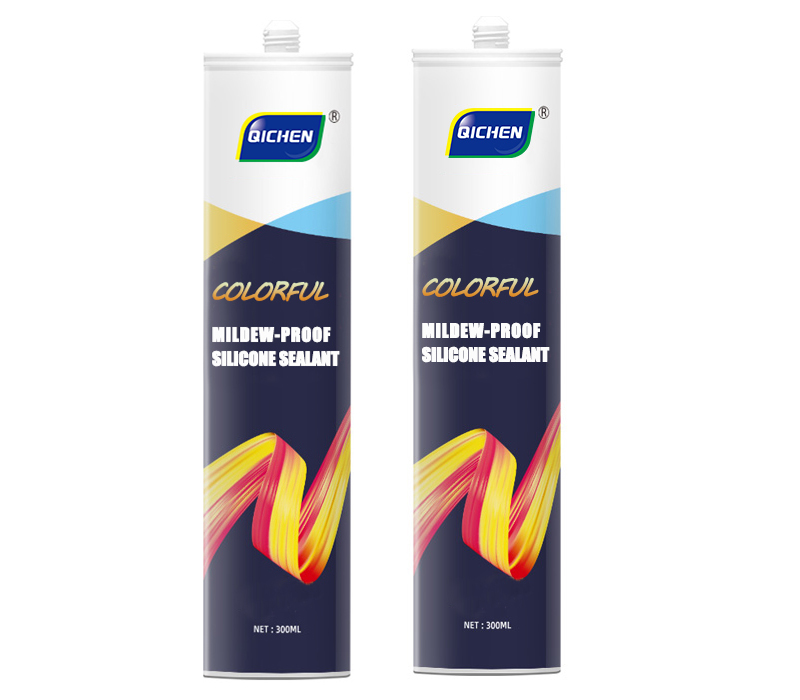Silicone sealant is a versatile and durable material used extensively in construction, home improvement, and various industrial applications. It is a sealant made from silicone, a synthetic polymer that has excellent flexibility, water resistance, and adhesion properties. This makes silicone sealant ideal for sealing gaps, joints, and seams on a variety of surfaces, including glass, metal, wood, and plastic.
One of the key properties of silicone sealant is its ability to withstand extreme temperatures, ranging from -60°F to 400°F (-51°C to 204°C). This thermal stability ensures that it maintains its integrity and performance in both hot and cold environments. Additionally, silicone sealant is UV-resistant, mold-resistant, and mildew-resistant, making it suitable for both indoor and outdoor applications.
Silicone sealants come in a variety of formulations, including acetoxy, neutral cure, and low modulus types, each with specific uses. Acetoxy silicone sealants are often used in bathrooms and kitchens because of their strong adhesion and fast cure times. Neutral cure silicone sealants, on the other hand, are ideal for sensitive materials because they don't release acetic acid during the cure process, which can corrode certain metals.


The process of applying silicone sealant is simple. Surfaces should be clean and dry before application. Sealant is typically dispensed using a caulking gun to allow for precise application in tight spaces. Once applied, silicone sealant cures quickly to form a flexible and waterproof barrier that will last for years.
In short, silicone sealants are a must-have for anyone looking to create a waterproof seal or bond a variety of materials. Their unique properties make them a go-to solution for DIY enthusiasts and professionals alike, ensuring durability and reliability in a wide range of applications.
Post time: Oct-22-2024

